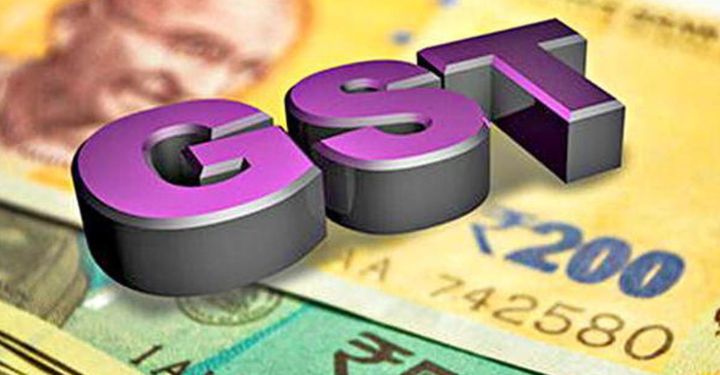In a significant policy move that could redefine India’s tax framework, the Central Government is actively working to introduce a two-rate Goods and Services Tax (GST) structure by Diwali 2025. The aim: to stimulate consumption, simplify tax compliance, and ease the financial burden on citizens and businesses.
The move comes in response to longstanding criticism of India’s complex multi-slab GST system, which, since its 2017 rollout, has included five major rates — 0%, 5%, 12%, 18%, and 28%, with additional cesses on luxury and demerit goods.
Finance Ministry officials revealed that the two-slab system under consideration would feature:
- A lower slab (Merit rate) for essentials and mass-consumption items.
- A higher slab (Standard rate) for most other goods and services.
- Special slabs retained only for a limited category of items such as sin goods, tobacco, and high-end luxury products.
Why Now?
The GST Council and the Finance Ministry have faced growing pressure from industry bodies, tax experts, and state governments to rationalize the tax structure. Compliance complexity, frequent classification disputes, and varying tax burdens across items have led to calls for change.
With general elections behind them and a new term underway, the Modi government is looking to boost investor confidence and public sentiment through structural reforms. Diwali, being a peak consumption period, offers both symbolic and strategic timing for the announcement.
Objectives Behind the Reform
- Boost Consumption:
A simpler structure with potentially lower rates for essentials could encourage spending and provide relief amid inflationary pressures. - Enhance Compliance:
Fewer slabs reduce classification confusion and litigation, while making it easier for small and medium enterprises (SMEs) to comply. - Improve Tax Buoyancy:
By making taxes more predictable and transparent, the government hopes to increase voluntary compliance and ultimately enhance revenue collection over time. - Support Economic Growth:
A streamlined system could help attract more foreign investment and improve India’s Ease of Doing Business score globally.
Estimated Impact
According to market analysts and economists, nearly 20% of current GST items are taxed at 12%. A two-rate structure could see these items distributed between the proposed 5% and 18% categories. This reallocation may lead to a revenue shortfall of about ₹500 billion — or 0.15% of India’s GDP.
However, experts argue that stimulus effects, improved compliance, and long-term growth benefits could offset these short-term fiscal losses.
Industry Reactions
- FICCI and CII have welcomed the proposal, stating that a simpler GST system will reduce working capital blockages, particularly for SMEs and startups.
- Retail and FMCG sectors expect that reduced rates on essentials and uniformity in taxation will improve supply chain efficiency.
- States, while supportive in principle, are seeking assurances regarding potential compensation for short-term revenue dips.
Potential Challenges
- Rate Calibration: Determining the right standard and merit rates without distorting market pricing or state revenue is crucial.
- Special Rate Exceptions: Clearly defining what items remain outside the two slabs will be key to avoiding ambiguity and litigation.
- Implementation Timeline: Rolling out system updates, accounting changes, and GSTN modifications before Diwali 2025 will require coordinated effort.
Conclusion
The proposed GST overhaul is being framed as a “Diwali gift” — not just symbolically, but as a step toward restoring public trust in the tax system and energizing India’s economy. If executed effectively, it could prove to be one of the most significant tax reforms of the decade, delivering both short-term relief and long-term gains.

